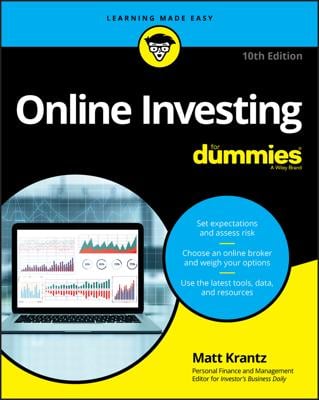Options require you to pick up a bit of the Greek language, which is okay, because you need to learn only four words: delta, gamma, theta, and vega. The Greeks, as they are commonly called, are measurements of risk. They explain several variables that influence option prices:
Amount of volatility: An increase in volatility usually is positive for put and call options, if you’re long in the option. If you’re the writer of the option, an increase in volatility is negative.
Changes in the time to expiration. The closer you get to the time of expiration, the more negative the time factor becomes for a holder of the option and the less your potential for profit. Time value shrinks as an option approaches expiration and is zero upon expiration of the option.
Changes in the price of the underlying asset. An increase in the price of the underlying asset usually is a positive influence on the price of a call option. A decrease in the price of the underlying instrument usually is positive for put options and vice versa.
Interest rates: Interest rates are less important than the other factors most of the time. Higher interest rates make call options more expensive and put options less expensive, in general.
What does delta mean to options trading?
Delta measures the effect of a change in the price of the underlying asset on the option’s premium. Delta is best understood as the amount of change in the price of an option for every one-point move in the underlying asset, or the percentage of the change in price of the underlying asset that is reflected in the price of an option. Delta is positive for calls and negative for puts. Values range from 0 to 100 for calls and from 0 to –100 for puts.
How does gamma relate to trading options?
Gamma measures the rate of change of delta in relation to the change in the price of the underlying asset, and it enables you to predict how much you’re going to make or lose based on the movement of the underlying position.
What does theta measure in option risks?
Theta measures the rate of decline of the time premium (the effect on the option’s price of the time remaining until option expiration) with the passage of time. Understanding premium erosion due to the passage of time is critical to being successful at trading options. Often the effects of theta will offset the effects of delta, resulting in the trader being right about the direction of the move and still losing money.
What does vega mean to option pricing?
Vega measures risk exposure to changes in implied volatility and tells traders how much an option’s price will rise or fall as the volatility of the option varies. Put another way, vega is an estimate of how much the theoretical value of an option changes when volatility changes 1 percent.

